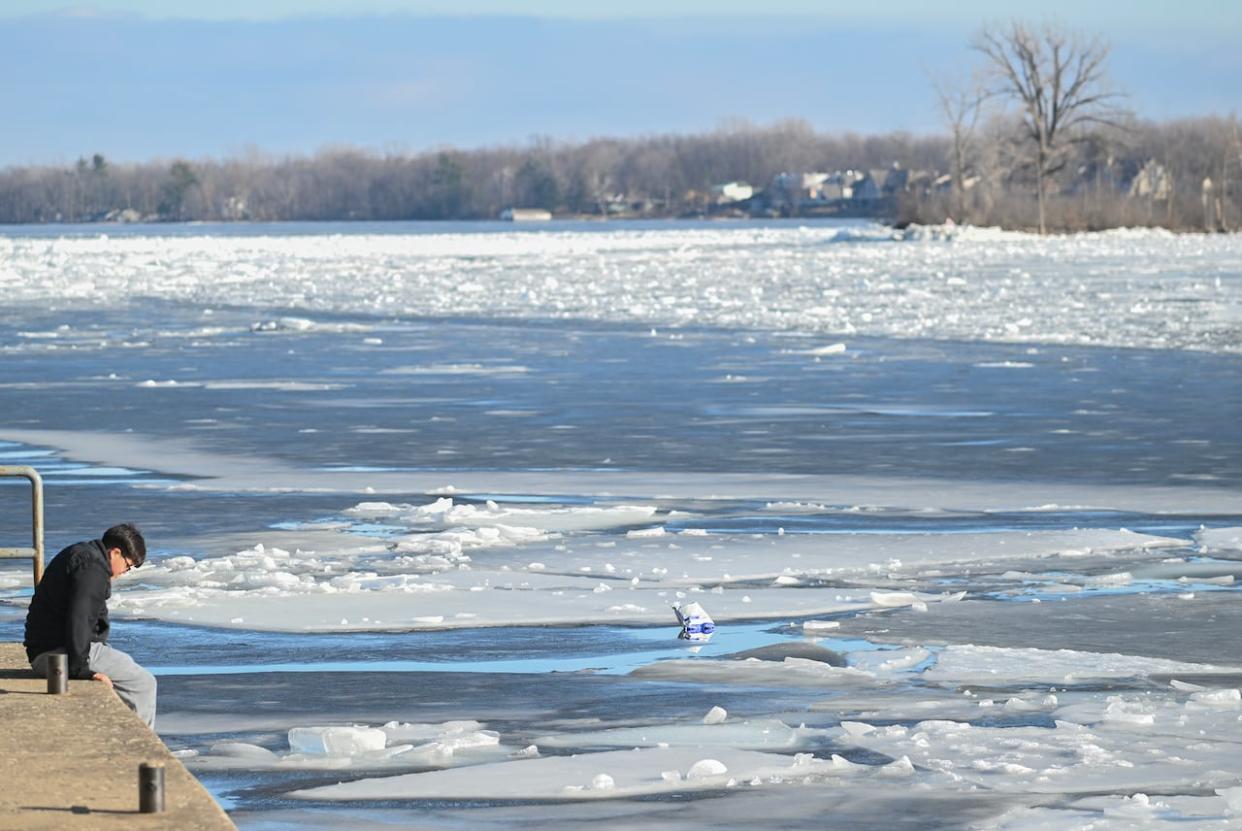Spring is here — after Canada's warmest winter on record

Spring has officially arrived, after a winter that didn't feel much like one.
The months of December, January and February were the warmest on record in Canada, part of a pattern of unprecedented temperatures across the globe over the past year.
David Phillips, senior climatologist at Environment and Climate Change Canada, said this past winter could be described as a "cancelled season."
"It often arrives on Halloween and leaves at Easter, and we kept waiting for this one to arrive," he said.
On average, the temperature over the three-month period was 5.2 C warmer than the norm since Canada began keeping records in 1948, said Phillips.
The previous record was in 2009-10, when it was 4.1 C above the norm. The United States also recorded its warmest winter on record.
The mild weather had a wide range of impacts on everything from winter sports to the economy to the natural world.
Ski resorts in some regions had a patchy season, outdoor skating rinks were unreliable as the temperature fluctuated and ice roads that serve northern communities were slow to open.
In B.C., Alberta and the Northwest Territories, more than 100 fires burned through the winter — leading to worries about another wildfire season ahead.
A report by Climate Central, a U.S.-based research group, tried to determine to what extent the warm temperatures in December, January and February could be attributed to fossil fuel-driven climate change. It concluded a month or more of abnormal warmth was made at least five times more likely.
Copernicus, the European Union's climate monitoring institute, found February was the hottest on record around the world, making it the ninth consecutive month of record temperatures.

A worker tends to Ottawa's Rideau Canal, which was closed early due to mild temperatures. (Justin Tang/The Canadian Press)
A year of records
The balmy winter caps off a record-setting year around the world.
The World Meteorological Organization confirmed Tuesday that 2023 was the warmest year on record, with an estimated global average near-surface temperature at 1.45 C above the pre-industrial baseline.
"The year 2023 set new records for every single climate indicator," WMO Secretary-General Celeste Saulo told a news conference Tuesday.
"The scientific knowledge about climate change has existed for more than five decades, and yet, we missed an entire generation of opportunity. It is imperative that our actions today are based on the welfare of future generations rather than short-term economic interests."
In addition to the temperature record, the WMO said records were once again "broken, and in some cases smashed" when it comes to ocean heat, sea level rise, Antarctic sea ice loss and glacier retreat.
On an average day in 2023, nearly one-third of the global ocean was gripped by a marine heat wave, harming vital ecosystems and food systems.
What's next?
The presence of an El Niño, a cyclical global weather pattern, contributed to the rapid rise in temperatures over the past year, the WMO said.
But the long-term trend toward a hotter planet is due to increased concentrations of greenhouse gases in the atmosphere.
According to the WMO, the 10-year average temperature between 2014 and 2023 was 1.2 C above the 1850–1900 average.
Gavin Schmidt, director of NASA's Goddard Institute for Space Studies, noted the spike in global temperatures began before El Niño took hold.
He said it's difficult to predict what will happen next, after what amounted to a "crazy year."

Pictured is a ski competition in Adelboden, Switzerland, in January. Warm weather in much of Europe caused headaches for ski slope operators. (Gabriele Facciotti/Associated Press)
"Our confidence in our predictions right now is pretty low," he said.
Regardless, the planet is on pace to keep getting hotter, beyond the 1.5 C target set in Paris in 2015, Schmidt said.
The WMO said the observed concentrations of the three main greenhouse gases — carbon dioxide, methane and nitrous oxide — reached record levels in 2022. Real-time data from specific locations show a continued increase in 2023, according to the report.
"We haven't cut our emissions anything like enough to stabilize temperatures," Schmidt said.
"Only when we get our emissions down to near zero will we be able to say, 'OK, well, that's the new norm,' but we haven't got there yet."
El Niño is expected to continue to have a warming effect in Canada through the spring. But Phillips said a colder winter is likely next year, as El Niño retreats.
"It's up and down, but the trend is clearly up," Phillips said.


